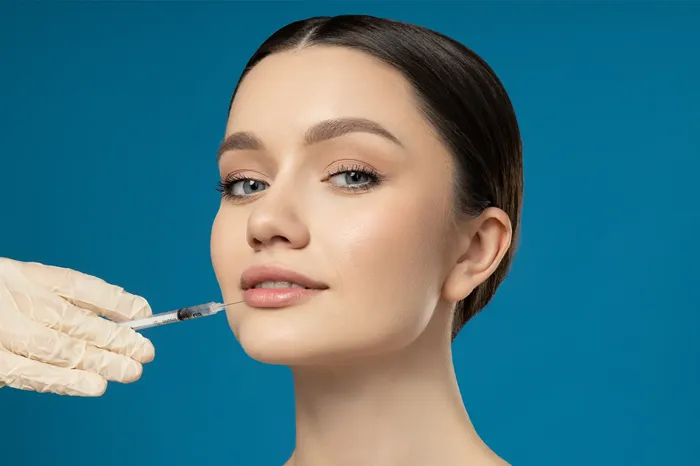Platelet-Rich Plasma (PRP) therapy has gained significant attention for its applications in tissue repair, hair restoration, and aesthetic medicine. However, a crucial question remains: Does PRP affect the immune system? As a hair transplant specialist with a deep understanding of regenerative medicine, I will explore the immunomodulatory effects of PRP and its impact on the immune system.
The Basics of PRP and Its Components
PRP is derived from a patient’s own blood through a centrifugation process. This concentrates the platelets, which are rich in growth factors, cytokines, and other bioactive proteins. These components are known to play crucial roles in wound healing, tissue repair, and regeneration. While PRP’s primary functions are related to these reparative processes, its interaction with the immune system is also an important aspect to consider.
PRP and the Immune System
The Immunomodulatory Role of Platelets
PRP also plays a role in modulating the recruitment and activation of immune cells during the healing process. Platelet – derived growth factor (PDGF) and vascular endothelial growth factor (VEGF) in PRP can attract immune cells, such as macrophages and neutrophils, to the site of injury or treatment. These cells are essential for the initial stages of wound healing as they help clear debris, fight off potential infections, and initiate the repair process.
Once at the site, PRP can influence the activation state of these immune cells. For example, it can promote the transition of macrophages from a pro – inflammatory (M1) state to an anti – inflammatory and tissue – reparative (M2) state. This shift is beneficial as M2 macrophages secrete growth factors and cytokines that support tissue repair and remodeling, rather than continuing to drive inflammation.
Innate Immune Response
PRP has significant effects on the innate immune system, which is the body’s first line of defense against pathogens. When PRP is applied to injured tissues, it activates platelets, leading to the release of granules that interact with local immune cells.
Modulate Macrophage Polarization: PRP can shift macrophages from a pro-inflammatory (M1) phenotype to an anti-inflammatory, tissue-repairing (M2) phenotype. This shift promotes a healing environment and reduces chronic inflammation.
Enhance Neutrophil Activity: PRP can regulate neutrophil functions, ensuring they effectively clear pathogens while minimizing collateral tissue damage.
Promote Dendritic Cell Maturation: PRP can influence dendritic cells, which are crucial for antigen presentation and initiating adaptive immune responses.
Adaptive Immune Response
PRP also affects the adaptive immune system, which involves antigen-specific responses and immunological memory.
Regulate T-Cell Responses: Platelets express CD40L, a molecule that modulates T-cell activation and differentiation. This interaction can influence both pro-inflammatory and anti-inflammatory T-cell subsets.
Influence B-Cell Activation: Platelets can affect B-cell-mediated responses by linking T-cell and B-cell interactions through CD40-CD40L signaling. This process is essential for antibody production and immune system regulation.
Clinical Implications of PRP’s Immunomodulatory Effects
The immunomodulatory properties of PRP have several clinical implications.
Wound Healing: PRP can accelerate wound healing by promoting a balanced inflammatory environment and enhancing tissue repair.
Tissue Regeneration: PRP’s ability to modulate immune responses is crucial for promoting tissue regeneration in conditions such as tendon injuries and osteoarthritis.
Hair Restoration: In hair restoration, PRP can reduceinflammation and promote a favorable environment for hair follicle regeneration.
Factors Influencing PRP’s Immunomodulatory Effects
The effectiveness of PRP in modulating immune responses can vary depending on several factors:
Preparation Method: The method used to prepare PRP can influence its leukocyte content and cytokine profile. Leukocyte-rich (LR) PRP may elicit stronger immune responses compared to leukocyte-poor (LP) PRP.
Individual Immune Profile: The baseline immune status of the patient can affect the final PRP product. Individuals with elevated levels of pro-inflammatory cytokines may have different outcomes compared to those with a balanced immune profile.
Potential Risks and Considerations Regarding PRP and the Immune System
While PRP generally has beneficial effects on the immune system in the context of tissue repair, there are some potential risks and considerations. Since PRP is derived from a patient’s own blood, the risk of an immune – mediated adverse reaction, such as an allergic response, is relatively low. However, in rare cases, there could be contamination during the PRP preparation process, which might trigger an immune response.
In addition, repeated use of PRP in some patients might potentially lead to a state of immune dysregulation over time. Although this has not been widely reported, the long – term effects of PRP on the immune system are still an area of ongoing research. For patients with pre – existing immune – related disorders, such as autoimmune diseases, the use of PRP needs to be carefully evaluated. The anti – inflammatory effects of PRP could potentially interfere with the normal immune response in these patients, either exacerbating their condition or masking symptoms.
Conclusion
Platelet-Rich Plasma (PRP) therapy has significant immunomodulatory effects, influencing both the innate and adaptive immune systems. PRP can modulate macrophage polarization, regulate neutrophil activity, and influence T-cell and B-cell responses. These properties make PRP a valuable tool for promoting tissue repair, reducing inflammation, and enhancing overall healing processes. Understanding the immunomodulatory effects of PRP is crucial for optimizing its clinical applications and ensuring effective outcomes.
Related topics:
What Is the Best Age for PRP?
Does PRP Affect the Immune System?
What Are the Disadvantages of PRP?


